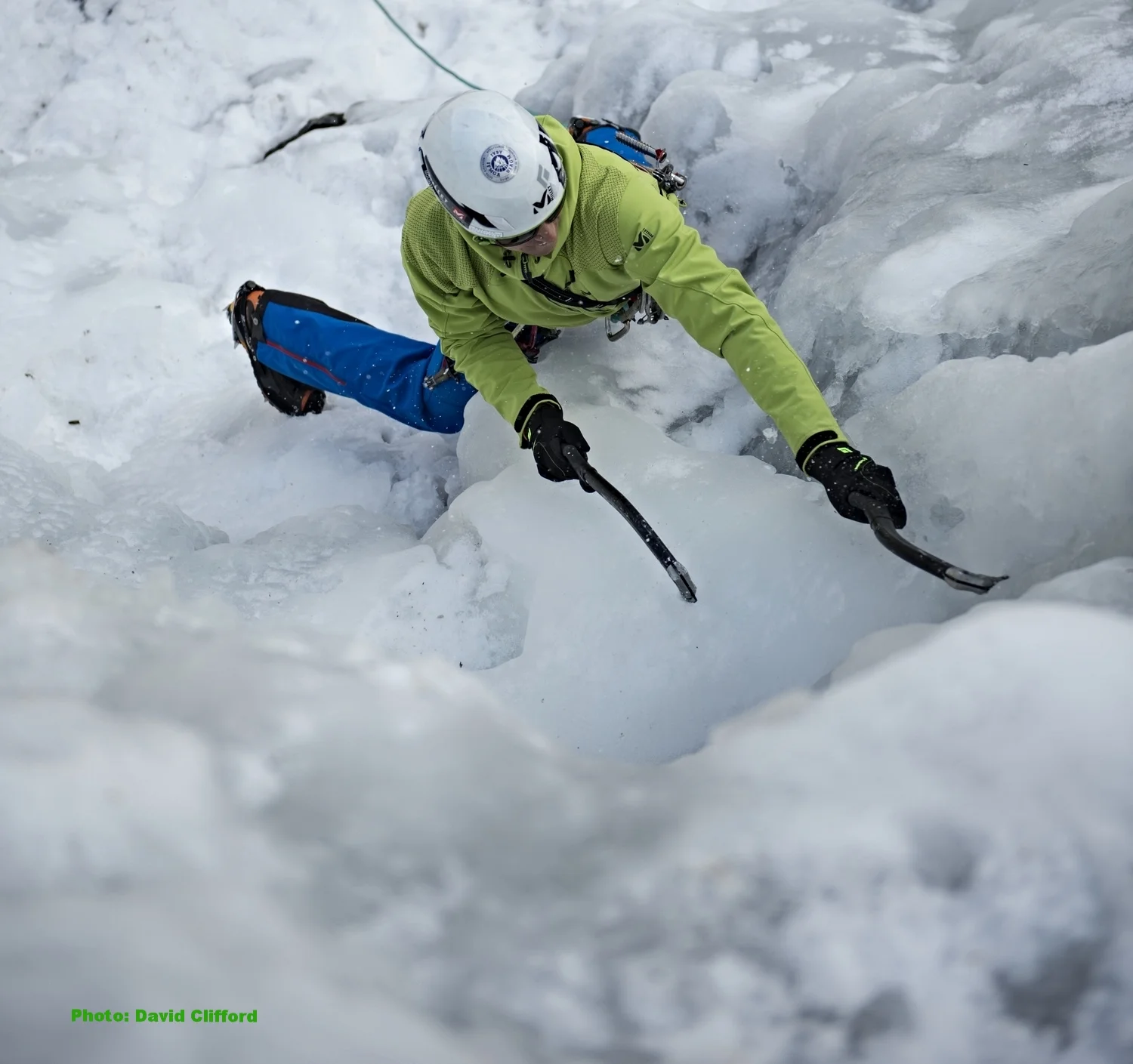With quality rock and ice climbing from coast to coast, as well as quality ski-mountaineering in the Spring, the US is a climbing cornucopia. There are way too many awesome places to list here. Highlighted below are a few of my favorite places.
The Desert Southwest
From the long, free-climbing moderates of Red Rocks to the enduro-splitter cracks of Indian Creek to the towers near Moab, the spirit of American climbing can be found here. No other landscape feels so utterly desolate and still so full of potential (to the climber) than the desert. The best times of year here are in mid-March to mid-May and, again, from late September through November.
Grand Teton National Park
One of America's best alpine proving grounds, the Tetons are arguably the most recognizable peaks in the country. This jagged mountain range rises from surrounding plains, beckoning would-be suitors to climb the summits. While the range itself is rather small, what it lacks in acreage it makes up for with both "climbability" and quantity. Climbing these iconic peaks should be on every climber's bucket list. Summer months hold the best conditions but Spring offers more snow/mountaineering options and the season can drag well into Fall some years.
Cody, WY
This place delivers a real wilderness feel though it's actually quite accessible. Deep canyons combined with porous rock, cold temps and little snow (compared to the Jackson area 100 miles away) help to make Cody a mecca for ice climbers each winter. When temps are too cold for the shade, south-facing routes are prime; and later in the season, or when the temps are too warm and the sun is taking its toll, the opposite side of the canyon holds more amazing ice. While more climbers are discovering Cody each season, it's still possible to find solitude in this quintessentially-Western venue. The best time of year for Cody is December-February though it's certainly possible to climb earlier/later as conditions and weather allow.
Colorado
With every climbable rock type within a 6-hour radius of Boulder, CO, the climbing potential is unlimited. Sport, alpine, bouldering, off-widths, ice, desert...you name it, it's all here. These have been my stomping grounds for much of the last 16 years. The only worthwhile backcountry skiing is around Aspen and Silverton but great ski-mountaineering can be found all over the state during the Spring. There's a good reason why many of the nation's top climbers live in or near Boulder: the climbing is easily accessible and phenomenally diverse. And you can rock climb outside almost year-round.
North Cascades, Washington
For mountaineers and alpinists, the Cascades are a dreamland. While the weather can be more of a factor here than some other mountain ranges, when it's good here it's really good. The Cascades have some of the only truly glaciated terrain to be found in the Lower 48, making the area a worthy endeavor by rights or the perfect domestic training ground for international expeditions. From multi-peak traverses to long glaciated tours to rock climbs (on rock of varying quality), the Cascades has it all. The nature of the area, however, (i.e., bushwhacking, long approaches, few roads) makes the actual climbing only just a part of the overall adventure. Depending on the season, good climbing can be found from June into October.
Alaska
Yup, the above photo isn't mine but it is a sweet shot of the Moose's Tooth and Ruth Gorge area in Denali National Park. Some of the best big-mountain alpineering can be found in DNP, from Denali itself to Little Switzerland to the Ruth Gorge. Alaska is the land of big mountains with Mt. St. Elias further south and a veritable infinite number of mountains in between. The skiing is also great, as each ski video continues to show us. But for those of us that can't afford the heli-ski option, there's lots of amazing ski touring around Thompson Pass, Valdez; Hatcher Pass, outside of Wasilla; and the Turnagin Arm area south of Anchorage. Alaska is still a frontier in many aspects for skiers and climbers alike.







